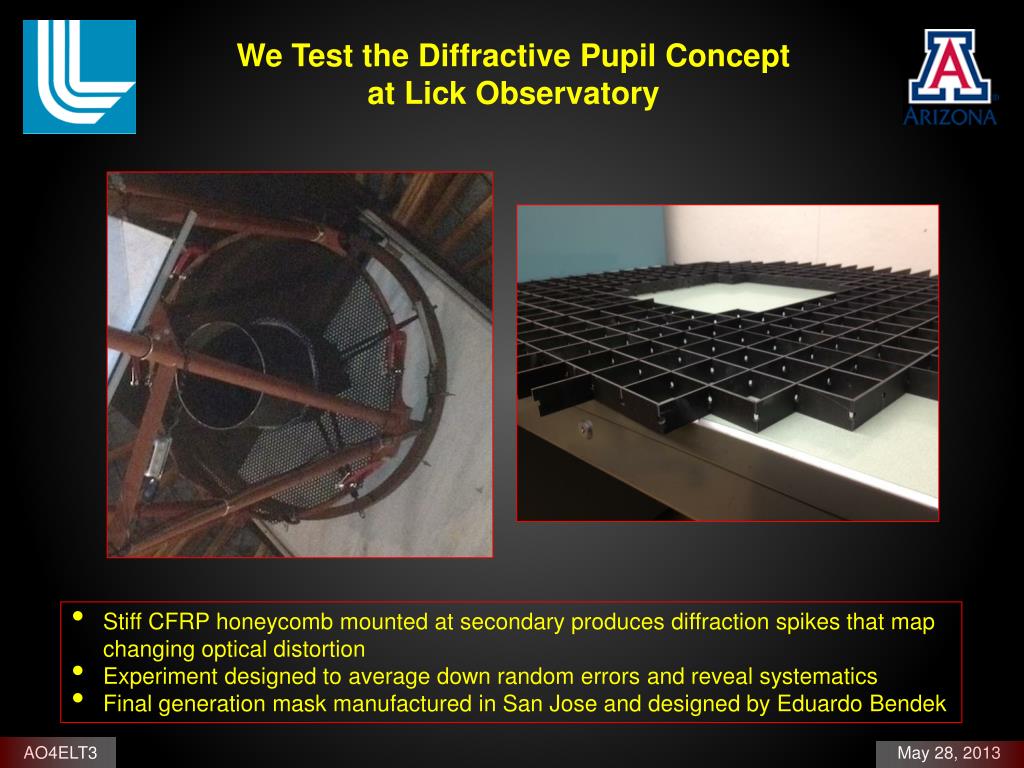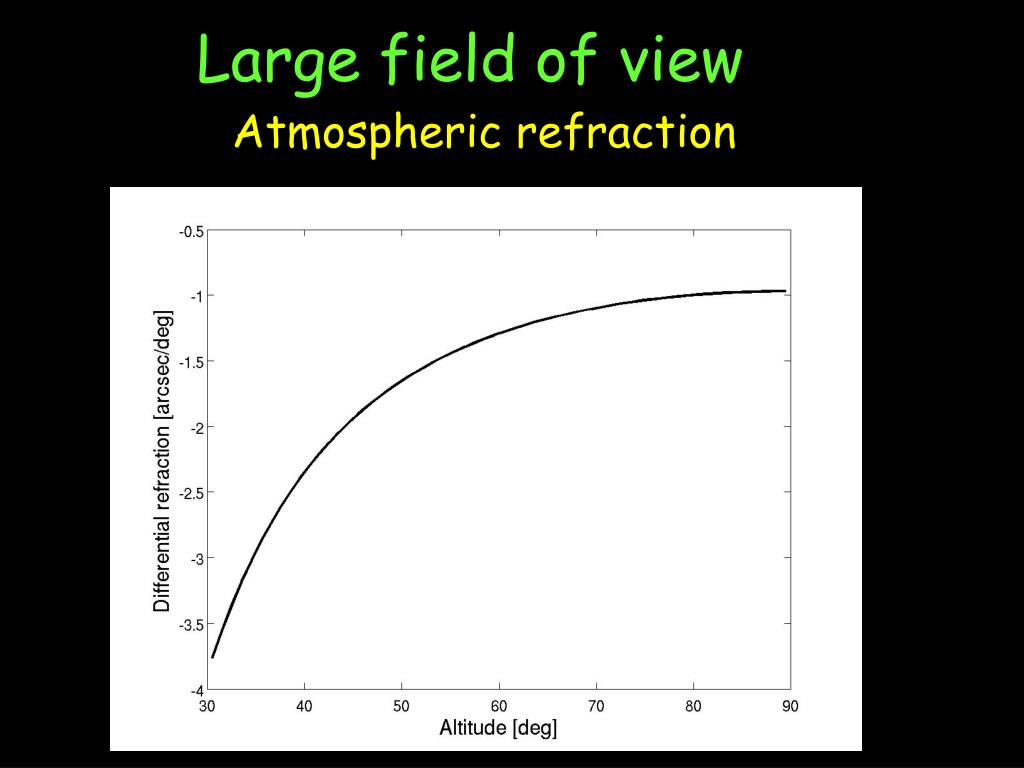
Cosmologists typically focus on the big picture and attempt to model what the universe would have looked like only moments after the Big Bang. Cosmology is the study of the origin, evolution, and structure of the universe in order to understand it.Researchers study how galaxies move, form, break apart, merge, and change over time. Beyond our galaxy lie countless others, and these are the focus of the discipline of extragalactic astronomy.In addition a 30 minute review talk will be scheduled in which an overview of the field of modern astrometry and its science applications will be given. Invited talks of 20 minutes and contributed talks of 12 minutes are foreseen, both including time for discussion.

Astronomers study the motion and evolution of the Milky Way in order to learn how galaxies are formed. This is a two day meeting, focusing on each of the key topics. It's a very complex system of stars, nebulae, and dust. Galactic astronomy focuses on the objects and processes at work in the Milky Way Galaxy.Astronomers observe these objects across all wavelengths and apply the information to create physical models of the stars. Stellar astronomy is the study of stars, including their creation, evolution, and deaths.They use both ground-based and space-based instruments to make nonstop studies of our star.


The scientists who are interested in learning how it changes, and to understand how these changes affect the Earth, are called solar physicists.


 0 kommentar(er)
0 kommentar(er)
